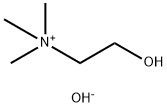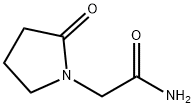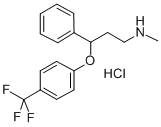(2S)-2-Amino-3-((((R)-2,3-bis(stearoyloxy)propoxy)-(hydroxy)phosphoryl)oxy)propanoic acid , 98+% , 51446-62-9
| Pack Size | Price | Stock | Quantity |
| 25g | RMB752.00 | In Stock |
|
| others | Enquire |
PRODUCT Properties
| Boiling point: | 816.3±75.0 °C(Predicted) |
| Density | 1.039±0.06 g/cm3(Predicted) |
| storage temp. | under inert gas (nitrogen or Argon) at 2–8 °C |
| pka | 1.31±0.50(Predicted) |
| form | Liquid |
| color | Yellow |
| InChIKey | TZCPCKNHXULUIY-RGULYWFUSA-N |
| SMILES | C(O)(=O)[C@@H](N)COP(=O)(O)OC[C@H](OC(=O)CCCCCCCCCCCCCCCCC)COC(=O)CCCCCCCCCCCCCCCCC |
| LogP | 0.721 (est) |
Description and Uses
Phosphatidylserine (PS) is quite literally a “brain nutrient.” As a matter of fact, this phospholipid is an integral component in the structure of the brain and spinal cord, and is active at cell membranes (including synaptic membrane zones).It plays a key role in cell cycle signaling, specifically in relationship to apoptosis. Studies have provided evidence that PS may promote attention, memory, processing speed, and support overall cognitive health. PS may also support healthy stress and cortisol levels. A significant amount of published clinical research has demonstrated that PS supplementation supports various cognitive parameters in children, including those with ADHD.
Phosphatidylserine is a brain-boosting supplement. It is a class of phospholipids found in cell membranes. Its levels and location within the brain can affect important signaling pathways for cell survival and communication. Phosphatidylserine includes two fatty acids that can vary from saturated or monounsaturated to polyunsaturated omega-6 and omega-3 versions like docosahexaenoic acid (DHA). Some clinical trials of phosphatidylserine supplements have shown modestly improved cognitive function, but better designed trials reported no benefit.





